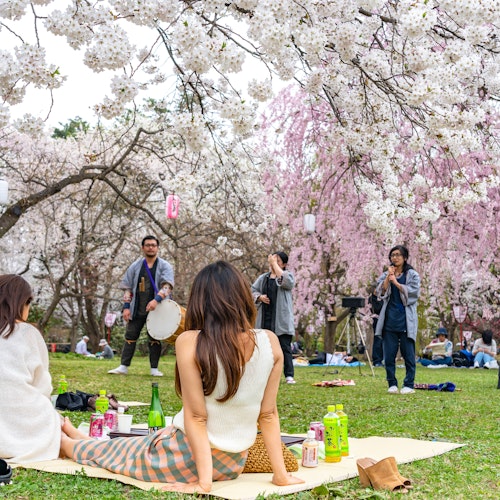

Ginza is often seen as a symbol of luxury, where high-end shopping and Michelin-star dining steal the spotlight. But beyond its glamorous image lies a side of Ginza waiting to be explored—one filled with cultural treasures, quirky finds, and unique experiences.
This guide will take you through some of the most unexpected ways to discover Ginza, offering something fresh for every kind of traveler.
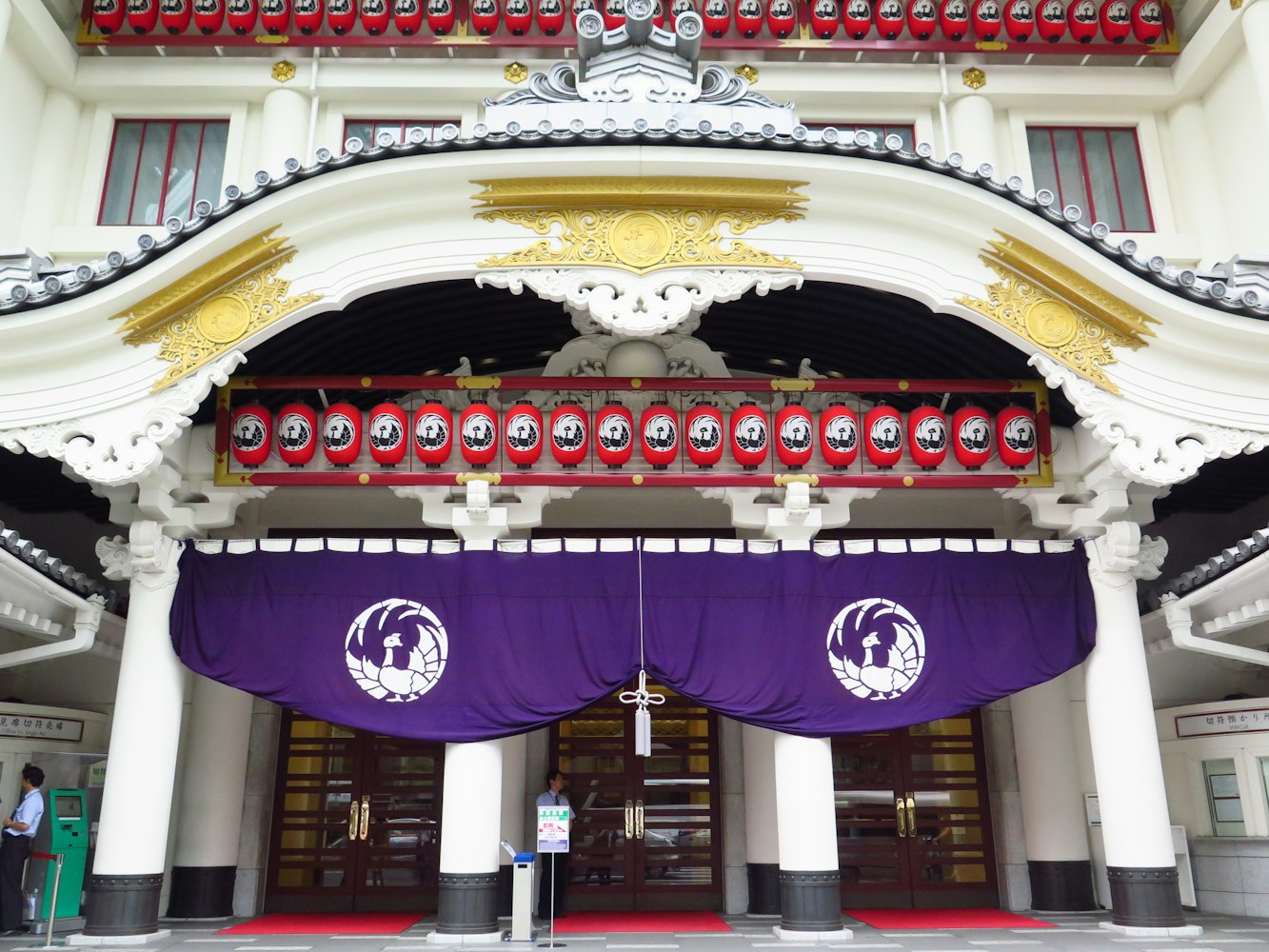
The Kabuki-za Theatre is a cornerstone of Japanese culture. Dating back to 1889, this iconic venue continues to showcase kabuki, Japan’s classical dance-drama. The performances are a feast for the senses, with vibrant costumes, exaggerated makeup, and dramatic storylines steeped in tradition.
For first-timers, single-act tickets are a convenient way to experience kabuki without committing to an entire show, which can last four hours. Be sure to visit the Kabuki-za Gallery on the top floor to explore props, costumes, and stage sets, offering insight into this fascinating art form.
Tip: English earphone guides are available for rent, providing real-time explanations of the performance for non-Japanese speakers.

Unlock the wonders of Tokyo with the Sky Hop Bus Day Pass!
While Ginza is known for its department stores, its art scene thrives quietly in tucked-away galleries. The Shiseido Gallery, one of the oldest in Japan, showcases contemporary art and photography. Nearby, Ginza Graphic Gallery focuses on cutting-edge graphic design.
For something more offbeat, visit Maison Hermès Le Forum, an exhibition space housed within Hermès’ flagship store. It frequently hosts avant-garde art installations. These galleries, often overshadowed by Ginza’s shopping culture, are free to enter and provide a refreshing creative experience.

The Police Museum in Ginza provides a fascinating look at the development of law enforcement in Japan and its connection to the neighborhood’s history. The museum is packed with artifacts, including historical police uniforms, vintage motorcycles, and tools once used by officers in their daily work. One section highlights the evolution of Tokyo’s police system, showing how it adapted to urbanization and modernization over the centuries.
Interactive exhibits, such as crime scene simulations, provide an engaging way to learn about the challenges faced by Tokyo’s police force throughout history. The museum’s focus on community policing reflects how Ginza evolved into a safe, cosmopolitan hub.

Discover Tokyo's vibrant food scene through a guided tour.
Yurakucho, adjacent to Ginza, offers an entirely different culinary scene with its food stalls and izakayas lining the streets beneath the train tracks. This area, known as Gado-shita, is a haven for authentic Japanese street food and casual dining experiences.
Skewers of freshly grilled yakitori are a must-try, alongside dishes like gyutan (grilled beef tongue) and hearty bowls of ramen. The lively, unpretentious atmosphere is filled with the smoky aroma of grilled meats and the hum of after-work conversations.
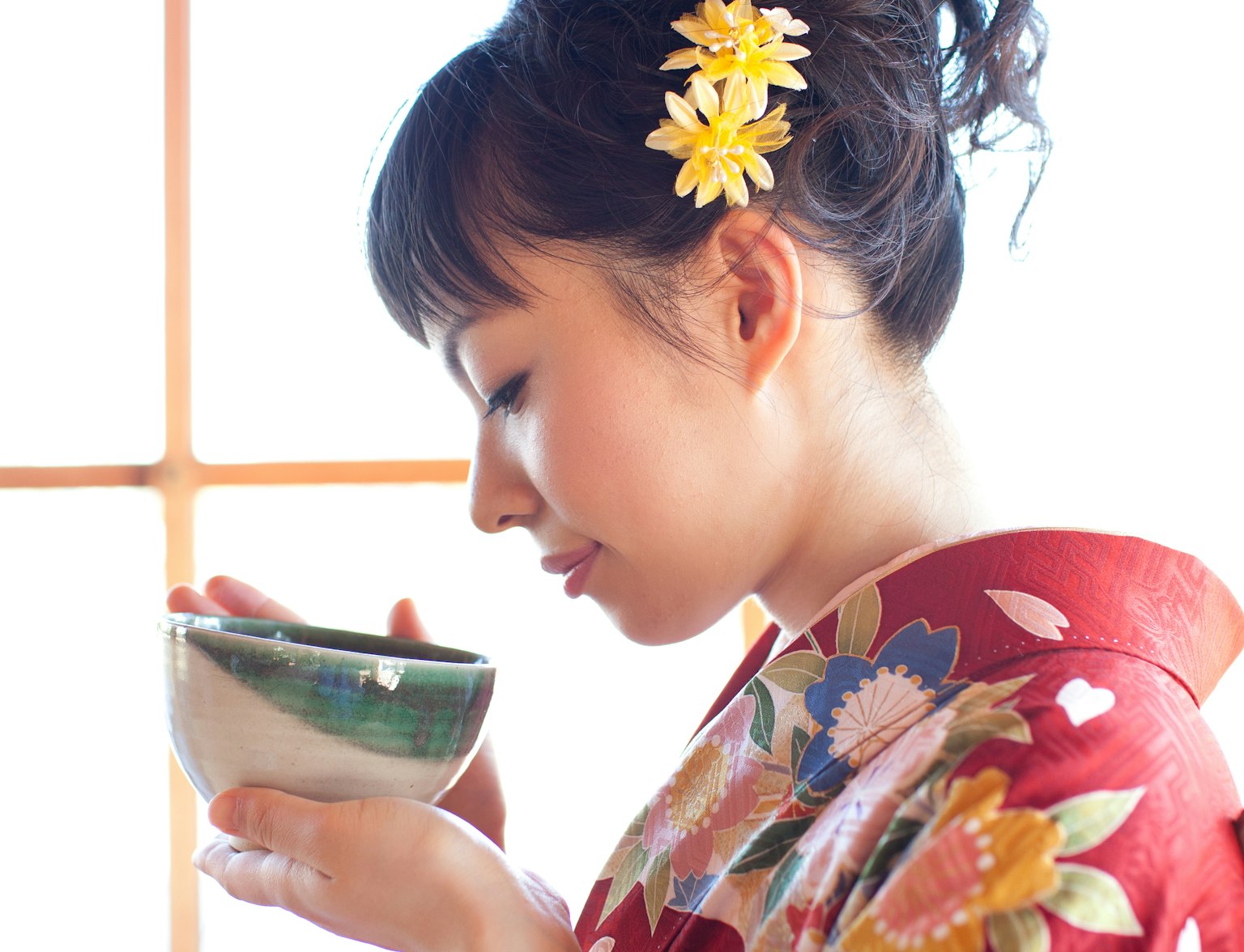
Immerse yourself in the heart of Ginza with our exclusive tea experience!
A Japanese tea ceremony offers a moment of calm and an opportunity to experience one of Japan’s most revered traditions. In Ginza, tea houses like Higashiya Ginza provide spaces where visitors can observe or participate in this intricate ritual.
The tea ceremony, deeply rooted in Zen Buddhism, involves the meticulous preparation and presentation of matcha, or powdered green tea. Every movement in the ceremony is purposeful, from whisking the tea to serving the cup, emphasizing mindfulness and harmony.
Participants not only enjoy the taste of matcha but also gain an understanding of Japanese aesthetics and values. These tea ceremonies are often held in rooms with minimalist designs, allowing visitors to focus entirely on the ritual. Observing or participating in this activity in the middle of Ginza adds a meditative layer to your exploration of the district.
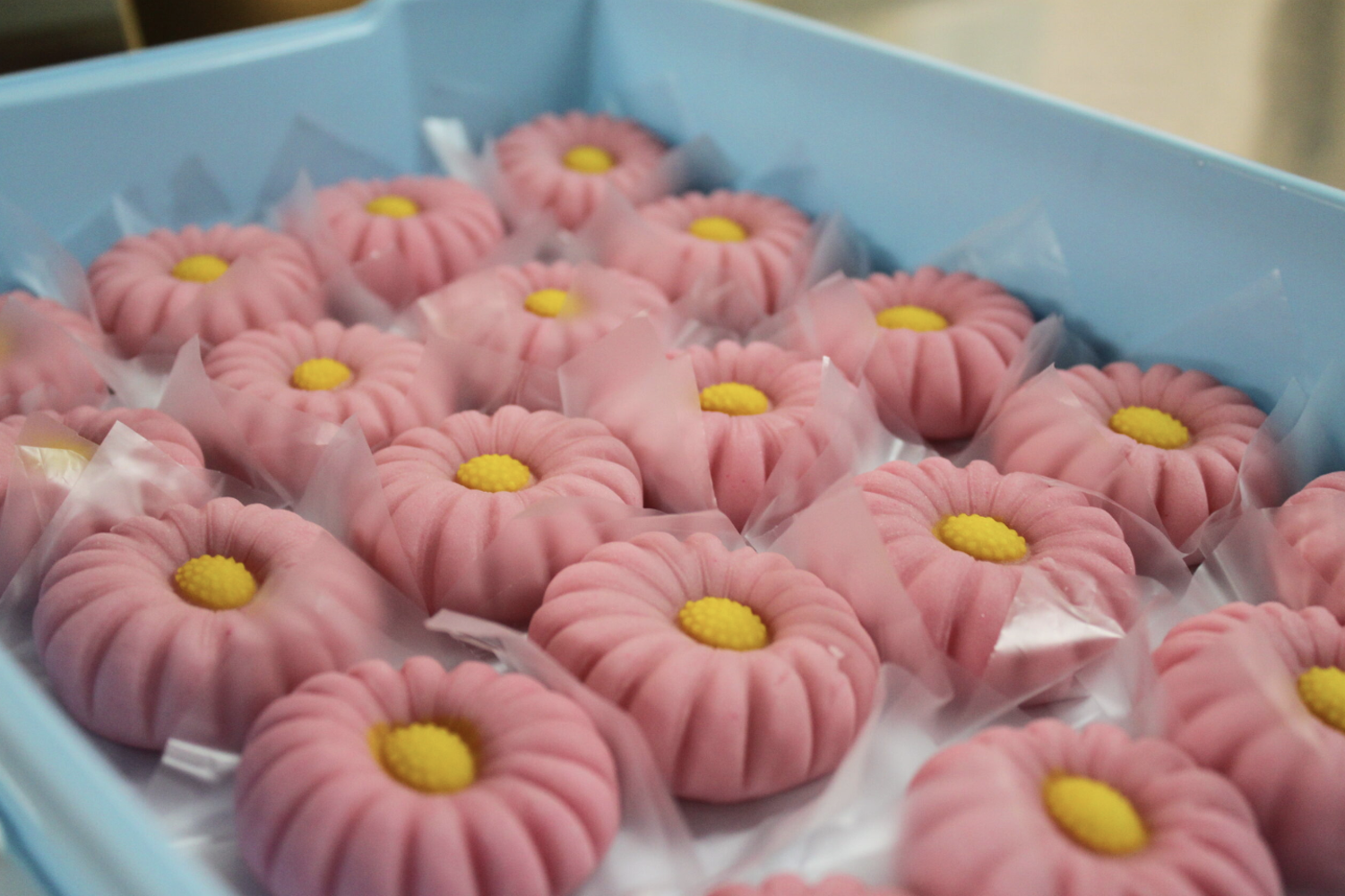
Dessert lovers will find Ginza a paradise of creativity and indulgence, with cafés offering unique and visually stunning sweets. Shops like Ginza Cozy Corner serve exquisite parfaits layered with fresh fruits, jellies, and creams, while Higashiya Ginza specializes in wagashi, traditional Japanese confections often paired with tea. These desserts not only taste exceptional but are also crafted to be aesthetically pleasing, reflecting the Japanese art of presentation.
Seasonal specialties are a highlight, as many cafés adapt their offerings to reflect Japan’s distinct seasons. From sakura-themed desserts in spring to chestnut pastries in autumn, every visit to a Ginza dessert café offers something new.

While Ginza is renowned for high-end fashion, its vintage and secondhand shops provide a different kind of treasure hunt. Stores like Ragtag offer gently used luxury items, including designer clothing and accessories, allowing shoppers to find high-quality pieces at more accessible prices. Each item in these shops is carefully curated, ensuring authenticity and excellent condition.
Pass the Baton is another standout, blending vintage items with modern designs. The shop’s concept revolves around sustainability and storytelling, with each piece accompanied by information about its history.
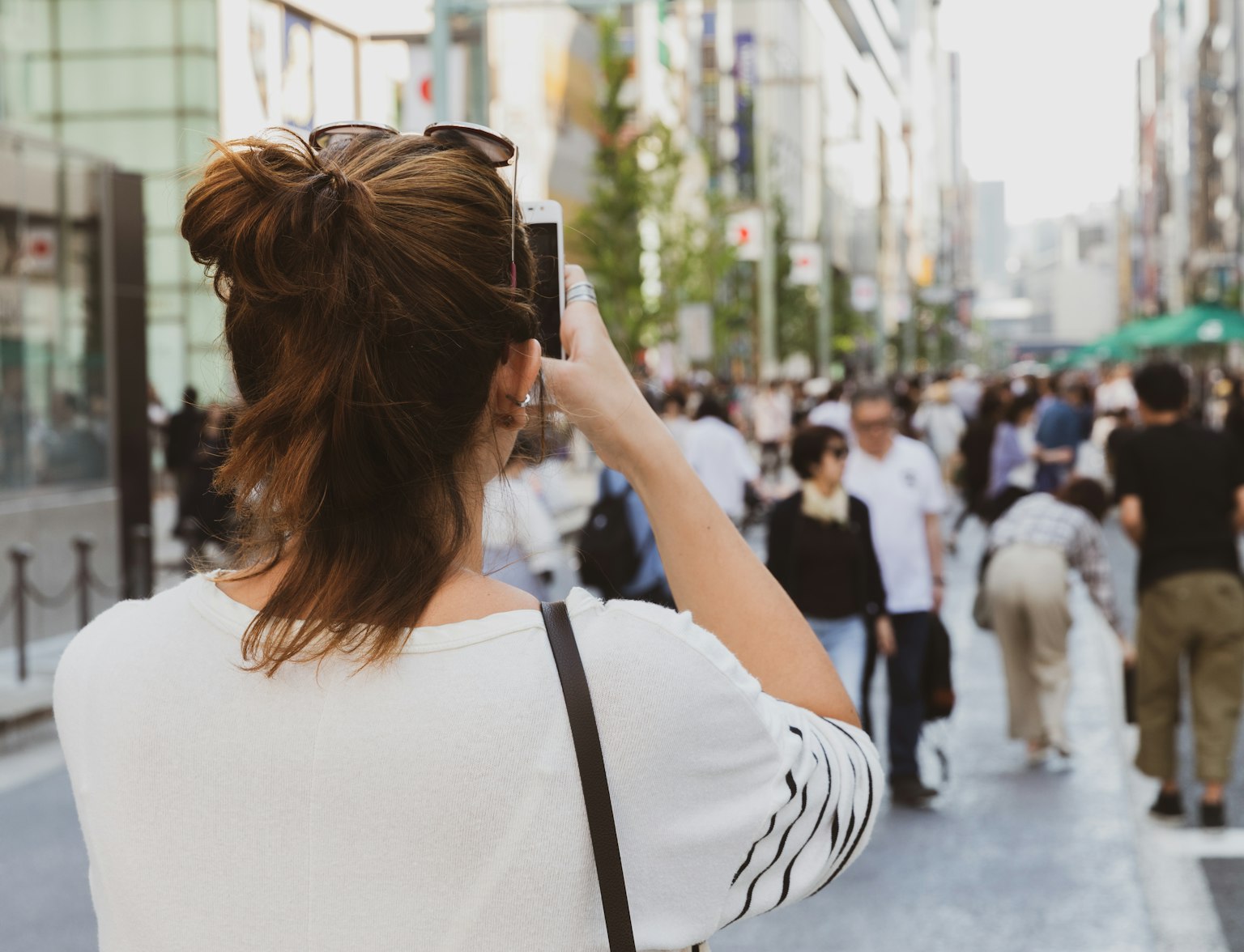
Unlock the ultimate Tokyo shopping experience with our personalized private tour.

Tokyu Plaza Ginza is more than just a shopping center; it’s a multi-dimensional space that combines retail, relaxation, and scenic views. The rooftop garden is an urban oasis featuring seating areas surrounded by greenery. From here, you can enjoy panoramic views of Ginza’s skyline, creating a serene environment for a break from shopping.
The shopping experience is curated inside the plaza to combine traditional Japanese goods with international brands. Stores offer everything from artisanal crafts to the latest in fashion, making it a one-stop destination for various interests. The rooftop garden and its tranquil atmosphere create a unique balance between Ginza’s vibrant streets and quieter moments of reflection.

Ginza is a haven for traditional Japanese craftsmanship, with stores that celebrate the artistry of handmade goods. Itoya, an iconic stationery store, spans multiple floors filled with high-quality paper, pens, and art supplies. For pottery and ceramics, shops like Wako feature elegantly crafted items that showcase the timeless beauty of Japanese design.
Many of these stores have a history spanning generations, preserving techniques passed down through families. They offer an authentic glimpse into Japan’s artisanal heritage, making each purchase a meaningful connection to the country’s culture.
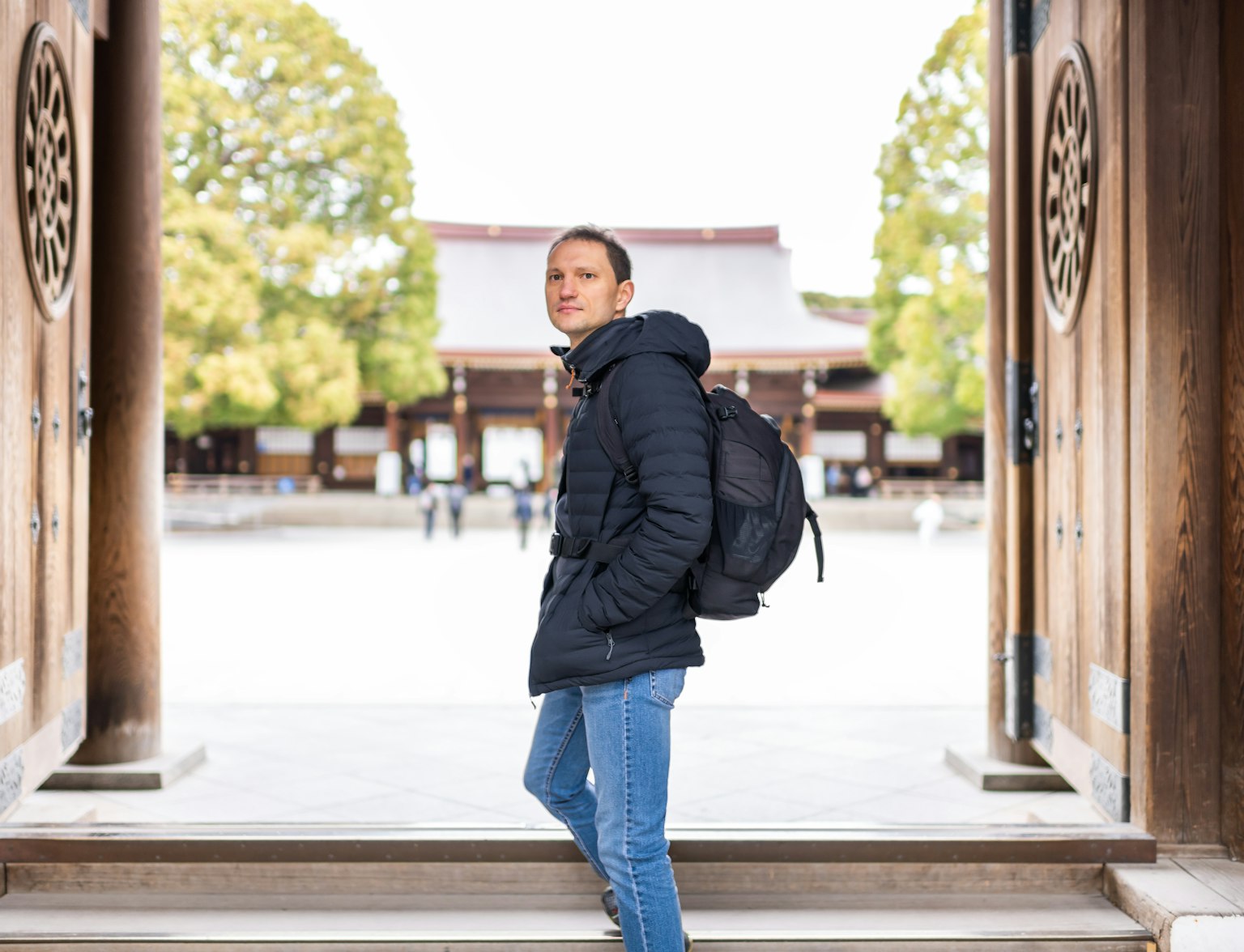
Embark on a private, fully customizable Tokyo tour guided by a local expert.
Beneath the sleek surface of Ginza lies an unexpected world of art hidden in its subway passageways. The underground walkways connecting various exits of Ginza Station often host rotating art installations that add a creative touch to otherwise mundane commutes. These works range from contemporary sculptures to vibrant murals, reflecting the dynamic spirit of Tokyo's art scene.
This hidden art is integral to the city's efforts to make public spaces more engaging and enjoyable. Unlike traditional galleries, the subway installations are accessible to everyone, offering a surprise element for locals and visitors. These spaces bridge the gap between everyday life and artistic expression, making a simple walk through the station a unique cultural experience.

While Ginza’s main streets are filled with high-end dining establishments, the backstreets offer a different experience. Tucked away in narrow alleys are traditional izakayas—Japanese pubs—that serve comforting food and drinks in a casual, welcoming atmosphere. These izakayas often specialize in dishes like oden, yakitori, or grilled fish paired perfectly with sake or beer.
The charm of these backstreet izakayas lies in their authenticity and simplicity. Many of these spots have been around for decades, frequented by locals who appreciate the unpretentious vibe. Visiting one of these hidden gems provides an intimate peek into Tokyo’s culinary culture, far removed from the glitz of Ginza’s polished facade.

Explore Tokyo’s Ginza district on a gourmet journey.
In Ginza, the concept of intimacy reaches new heights—or rather, new lows—with its tiniest bars. Some of these bars are so small that they can accommodate only a handful of patrons at a time, creating a cozy and highly personalized drinking experience. These establishments are often run by a single bartender who not only serves drinks but also engages in friendly conversations, making each visit feel special.
One of the most famous examples is Bar Lupin, a historic establishment known for its connection to literary figures and artists in the mid-20th century. Its vintage decor and intimate setting transport visitors to a different era. Exploring these minuscule bars is a unique way to connect with Ginza’s rich cultural history while enjoying expertly crafted cocktails.
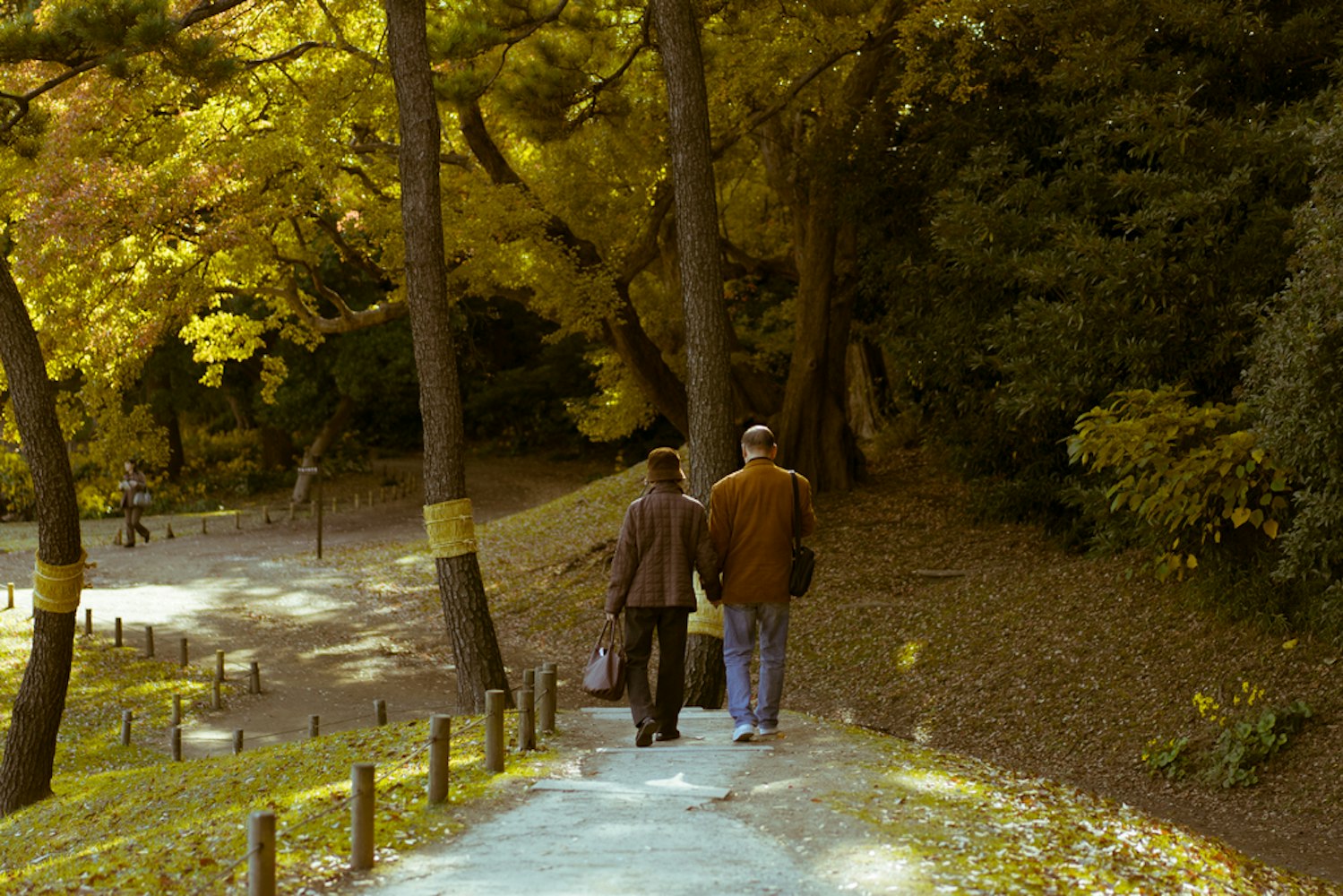
Just a short walk from Ginza, Hamarikyu Gardens offers a peaceful retreat amidst the city’s urban sprawl. This historic garden, originally a feudal lord’s residence during the Edo period, features meticulously maintained landscapes, a tidal pond connected to Tokyo Bay, and seasonal flower displays. The garden’s traditional teahouse, Nakajima-no-Ochaya, allows visitors to enjoy freshly brewed matcha while taking in views of the surrounding greenery.
Hamarikyu Gardens stands out for its fusion of natural beauty and historical significance. The tidal pond, which changes with the sea level, reflects the garden’s connection to Tokyo Bay and its maritime heritage. Walking through its pathways, you can escape the fast-paced rhythm of the city and immerse yourself in a setting that has remained serene for centuries.

Experience the magic of Tokyo's springtime with our Cherry Blossom Delights tour.

Amidst the towering buildings and bustling streets, Ginza’s hidden shrines offer a surprising touch of tranquility. These small, often overlooked shrines are tucked between modern architecture, serving as quiet spots for reflection and prayer. Karasumori Shrine, one of the most notable, is dedicated to a deity associated with good fortune and success.
Each shrine has its own unique features, such as traditional torii gates, wooden ema plaques for writing wishes, and meticulously maintained gardens. These spaces provide a rare glimpse into Tokyo’s spiritual side, seamlessly blending the old and the new. Exploring these shrines adds depth to your understanding of Ginza’s layered identity, which balances tradition with modernity.

Ginza’s nightlife is incomplete without its thriving jazz scene. Legendary venues like Blue Note Tokyo and Swing have become staples for live music enthusiasts. These intimate spaces often host performances by world-class artists, creating an ambiance that pairs perfectly with a glass of wine or a classic cocktail.
The jazz bars in Ginza go beyond music, offering a cultural experience rooted in the neighborhood’s cosmopolitan flair. Many of these venues have a loyal following, drawing both locals and tourists who appreciate their blend of style, history, and exceptional acoustics. Spending an evening here feels like stepping into a world where time slows down and music takes center stage.

Embark on a Tokyo culinary adventure, hopping from bar to bar with an expert guide!
As the sun sets, Ginza transforms into a spectacle of lights, best viewed from its rooftop bars. Establishments like the Rooftop Bar at The Peninsula Tokyo offer panoramic views of the Tokyo skyline, combining stunning visuals with expertly crafted drinks. The atmosphere is elegant yet relaxed, making it an ideal setting for a sophisticated evening out.
Rooftop bars in Ginza often feature creative drink menus inspired by seasonal ingredients, enhancing the overall experience. The interplay of modern architecture, soft lighting, and Tokyo’s vibrant energy creates a mesmerizing backdrop that leaves a lasting impression on anyone lucky enough to enjoy it.
In Ginza, crafting a personal fragrance has become a popular activity, with perfume bars offering unique opportunities to create custom scents. These establishments, such as Nose Shop, provide a wide selection of base notes and essential oils, allowing visitors to design a fragrance tailored to their preferences.
The process of creating a perfume is both educational and enjoyable, as it involves learning about the characteristics of different ingredients and how they interact. At the end of the session, participants leave with a bottle of their bespoke scent, making this experience a memorable and sensory-rich souvenir from Ginza.

Discover the art of traditional Japanese Wagashi making in Tokyo.
Wagashi, traditional Japanese sweets, are celebrated for their delicate flavors and intricate designs. In Ginza, workshops teach participants how to craft these confections, offering a hands-on introduction to a cherished aspect of Japanese culinary art. The process often involves shaping colorful dough into seasonal motifs like cherry blossoms or autumn leaves.
These workshops provide a deeper appreciation for the craftsmanship and cultural significance of wagashi. Participants not only learn techniques but also gain insight into how these sweets reflect Japan’s deep connection to nature and the changing seasons. The finished products are as delightful to look at as they are to eat.

Ginza is a hub of innovation, and its tech art spaces showcase the cutting-edge creativity that defines Tokyo. Venues like Ginza Sony Park host interactive exhibits that merge technology and art, creating immersive experiences for visitors of all ages. These installations often respond to movement or sound, making each interaction unique.
The tech art spaces in Ginza highlight the district’s ability to blend traditional culture with futuristic concepts. They offer an engaging way to explore new ideas and push the boundaries of artistic expression. Visiting these spaces provides a glimpse into Tokyo’s forward-thinking approach to art and design.

During winter, Ginza’s streets transform into a dazzling display of lights. Chuo-dori, the main shopping street, becomes a magical promenade adorned with intricate light installations. These illuminations, often designed with themes inspired by the season, create a festive atmosphere that draws visitors from across Tokyo.
The light displays are more than just decorations—they reflect Ginza’s dedication to creativity and community. Walking through the illuminated streets feels like stepping into a dreamlike version of the city, making it an unforgettable experience during the holiday season.
Ginza is constantly reinventing itself with pop-up shops and temporary exhibitions that showcase the latest in fashion, food, and art. These events often feature collaborations between renowned designers and emerging talents, creating exclusive experiences that can only be found for a limited time.
Pop-up spaces in department stores like Ginza Six or Tokyu Plaza are particularly popular, offering everything from exclusive product launches to immersive installations. These ever-changing attractions keep Ginza fresh and dynamic, ensuring that every visit feels unique.

Discover Tokyo's splendor in a one-hour open-air bus tour.
Ginza is a district where history, creativity, and local culture intersect extraordinarily. Moving beyond its iconic luxury reveals opportunities to engage with authentic Japanese traditions, discover hidden culinary gems, and immerse yourself in unique art and innovation. Each activity offers a deeper connection to Ginza’s evolving identity, making your visit far more rewarding.
This guide equips you with diverse experiences to personalize your time in Ginza. Whether it’s learning about kabuki, savoring street food under Yurakucho’s tracks, or exploring underground art, these activities help you craft an itinerary that balances exploration with meaning.



